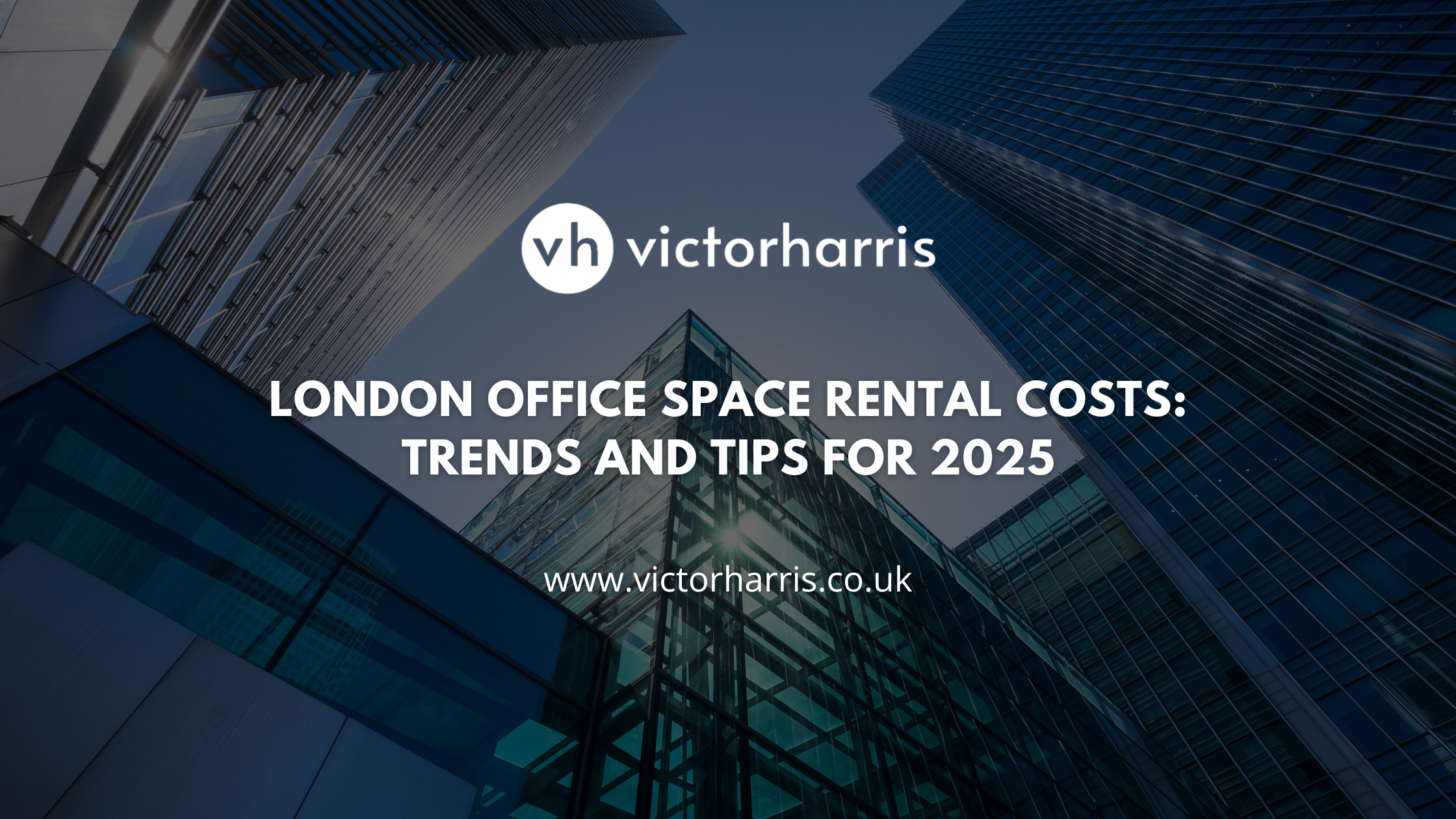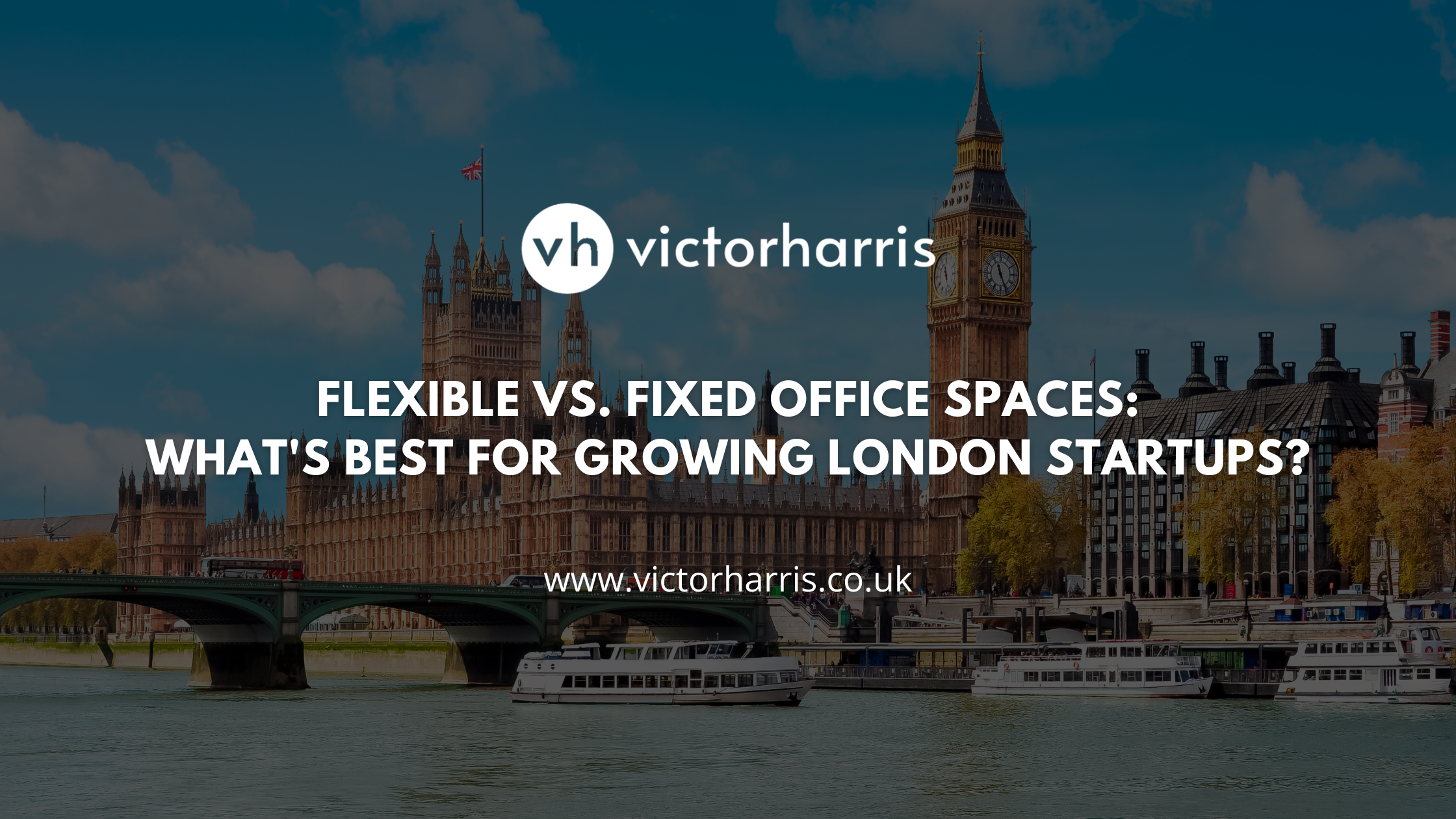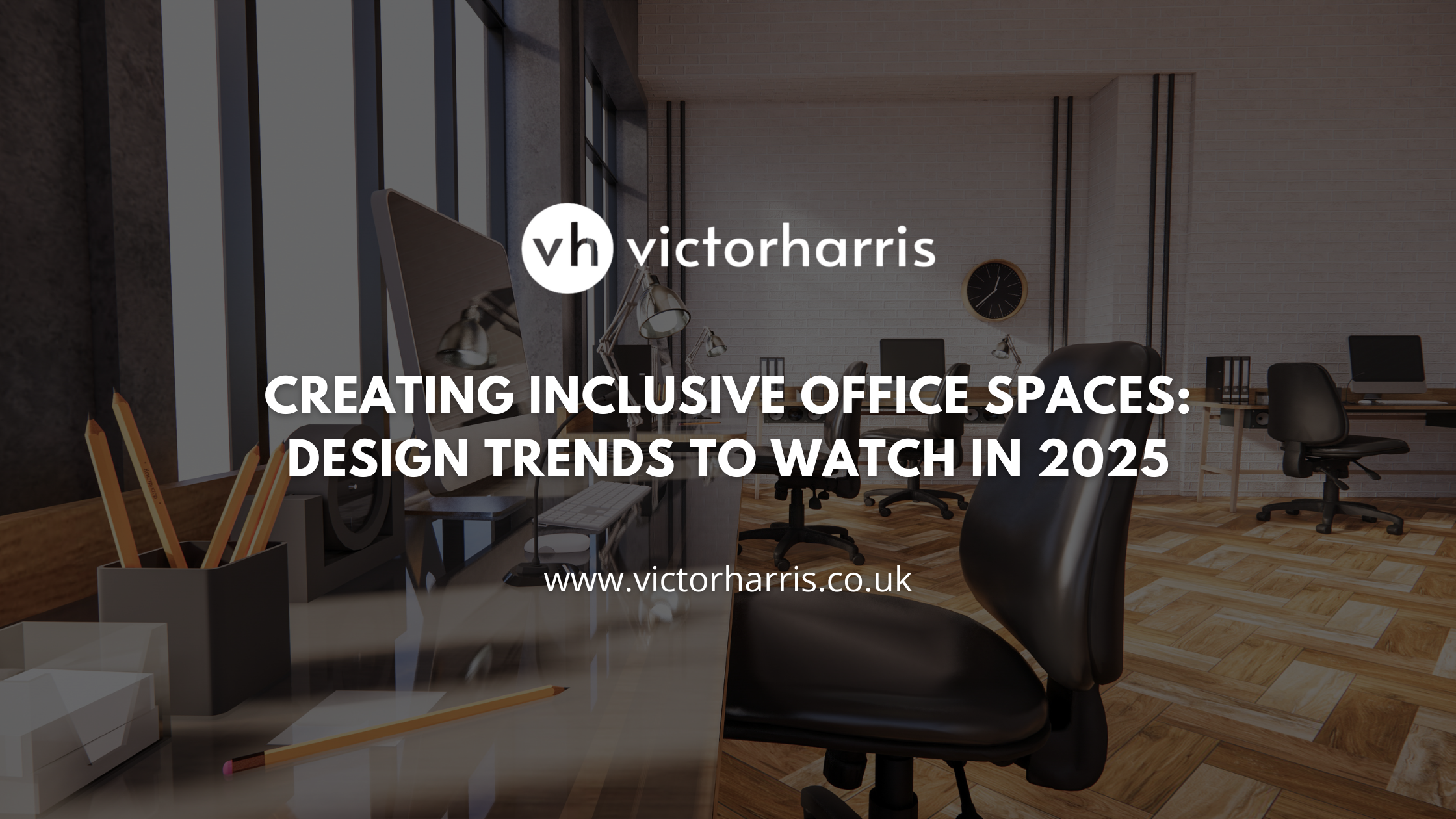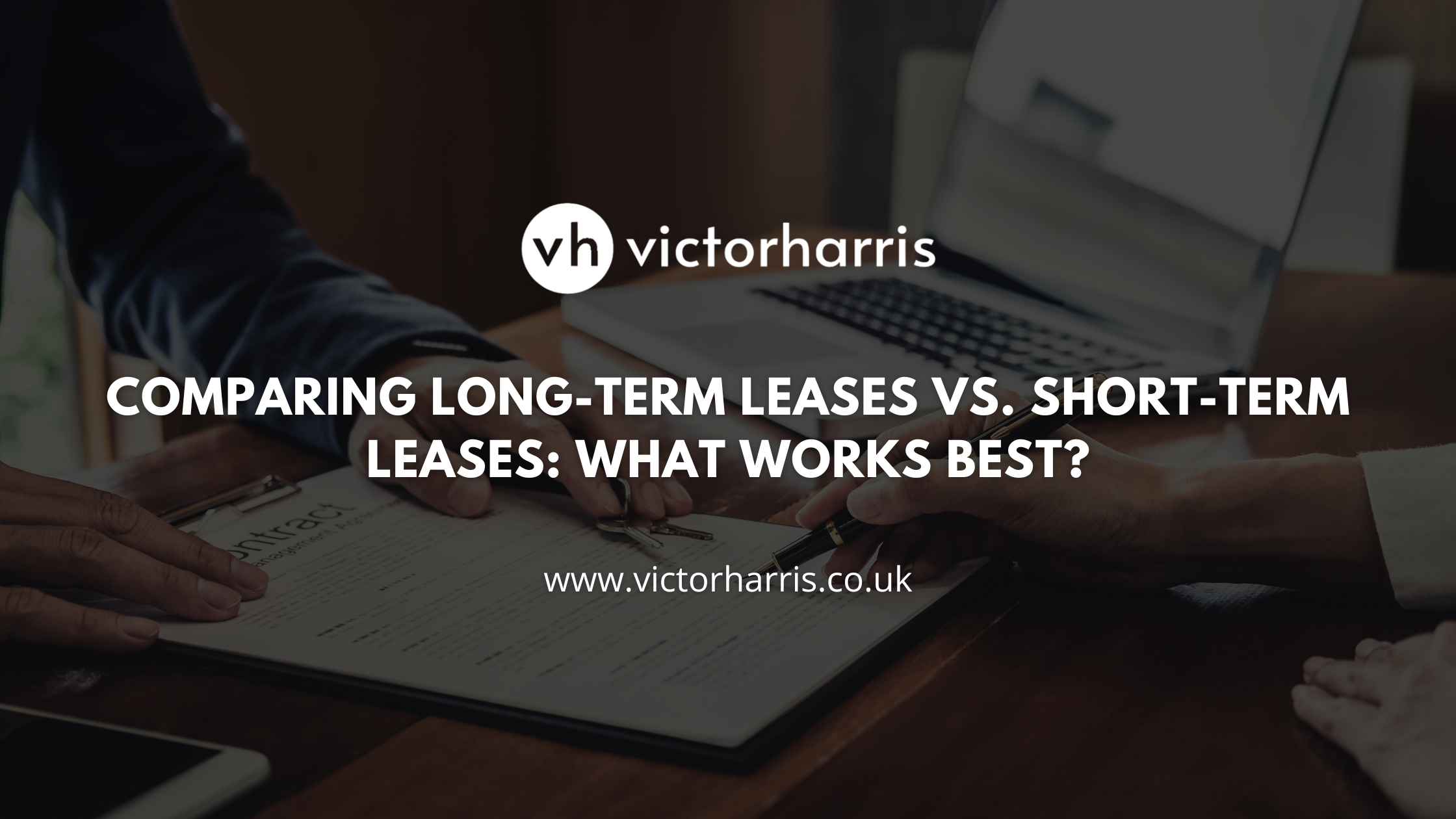3. Choosing the Right Office Space: Aligning Needs with Budget
Choosing the Right Office Space: Aligning Needs with Budget: It’s crucial to find an office space that not only suits your budget but also supports your business needs and employee well-being. Areas like London Chancery Lane and Hackney Wick UK offer a range of options from flexible workspaces to traditional offices, catering to startups and established companies alike. Evaluate your space requirements and budgetary constraints with a focus on future scalability and accessibility to amenities like communal working spaces and major transport links.
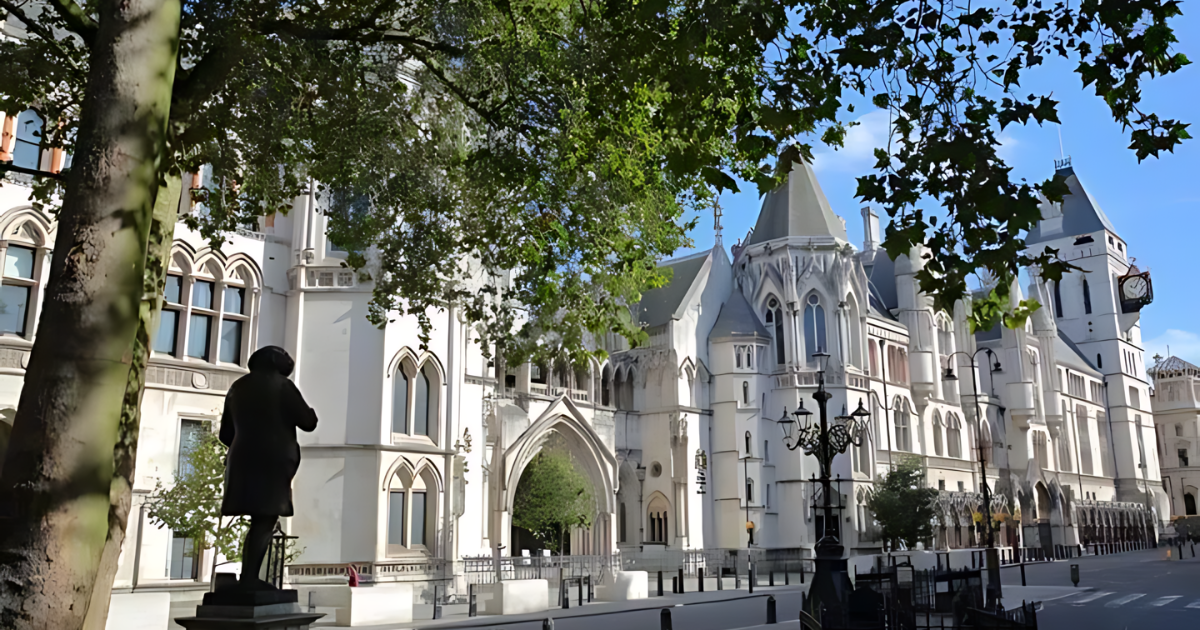
The Importance of Location: The location of your new office is one of the most critical factors in the success of your move. It’s not just about finding a space that meets your budget; it’s about choosing a location that enhances your company’s image, is convenient for your employees, and is accessible to clients. Consider factors such as proximity to public transportation, local amenities like restaurants and gyms, and the overall vibe of the neighborhood. A prime location can boost employee satisfaction, improve client relations, and even attract top talent.

Determining Space Requirements: The amount of space you need depends on various factors, including the number of employees, the type of work being done, and your future growth plans. For example, serviced offices typically require 35-50 sq. ft. per employee, while managed offices might need 70-85 sq. ft. per person to accommodate additional amenities such as meeting rooms or breakout areas. Understanding these requirements will help you choose a space that’s not only functional but also cost-effective.
Evaluating Lease Options: Depending on your business model, you may choose between flexible workspaces and traditional leases. Flexible workspaces offer short-term leases and are ideal for companies with fluctuating headcounts, while traditional leases are more cost-effective for long-term commitments but offer less flexibility. Consider your company’s long-term strategy when deciding on the type of lease that best suits your needs.

Considering Future Needs: When selecting your new office, think about your company’s future needs. Will you be hiring more employees in the next few years? Do you plan to expand your services or add new departments? Choosing a space that can accommodate these changes will save you the hassle and cost of moving again in the near future.
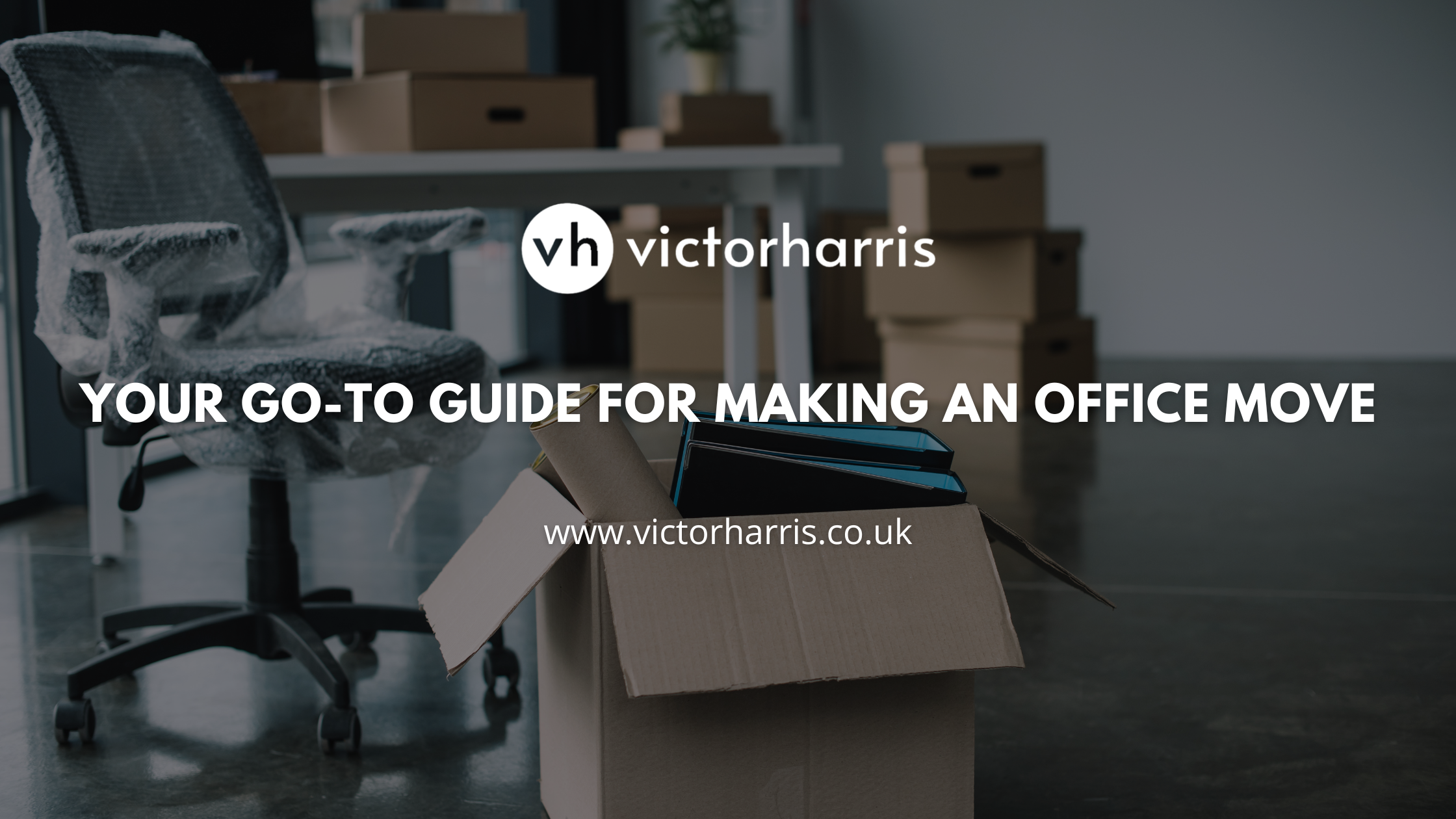

 Back to News
Back to News










